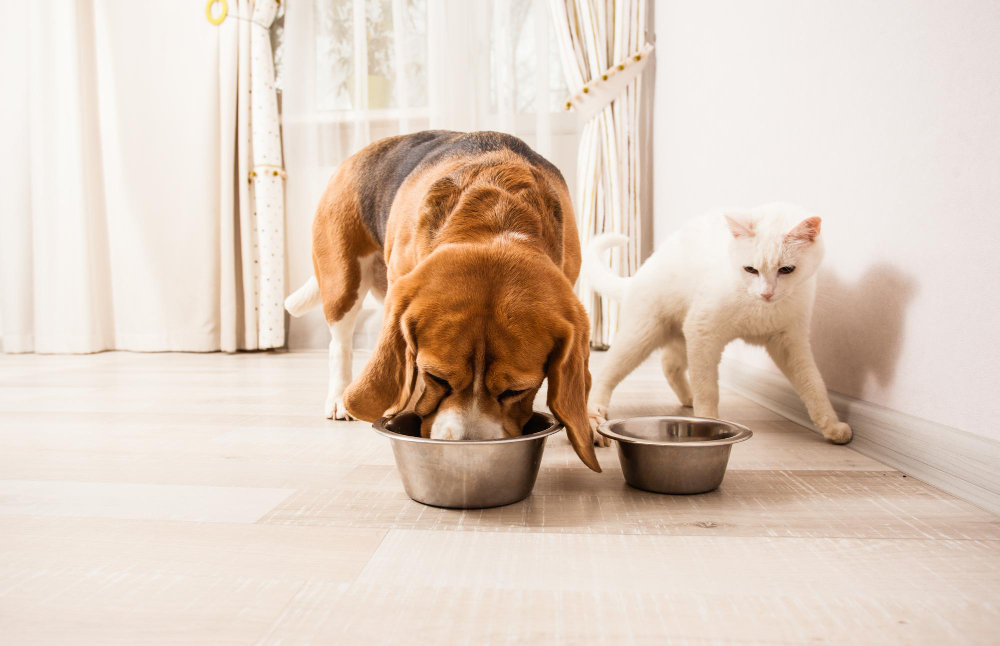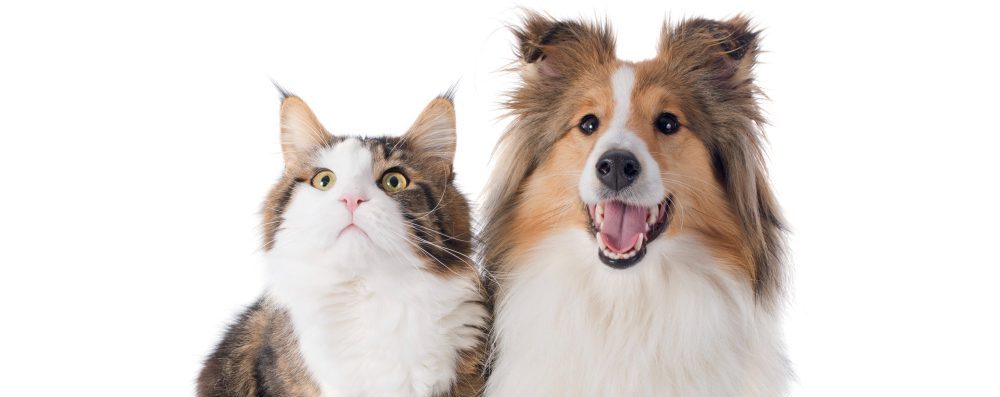Dogs and cats are cherished members of many households, yet they are not immune to issues related to food consumption. One such issue is capricious appetite—a perplexing and often frustrating condition for both pets and their owners. This article aims to provide an in-depth understanding of capricious appetite in dogs and cats, explore its potential causes, and offer actionable tips to mitigate it.
Defining Capricious Appetite: More Than Just Fussy Eating
Capricious appetite is a behavioral condition where a pet—be it a dog or a cat—becomes overly selective or outright refuses to eat. While some pets may exhibit this behavior sporadically, others may suffer from it on a chronic basis.
Identifying the Signs
The symptoms of capricious appetite can range from an outright refusal to eat to more subtle signs such as weight loss, lethargy, disinterest in food, and alterations in bowel movements. It’s crucial to note that a sudden loss of appetite could be indicative of underlying health issues. Therefore, consulting a veterinarian for a comprehensive health assessment is strongly advised to rule out any serious medical conditions.
The Role of Taste in Capricious Appetite: A Sensory Exploration
Understanding the role of taste in capricious appetite requires a deep dive into the sensory palate of dogs and cats. Much like humans, these pets have sensory receptors on their tongues that detect various flavors like sweet, salty, bitter, and sour. However, there are species-specific differences that are worth noting.
Canine and Feline Taste Preferences
Dogs have a heightened sensitivity to sweet flavors, which might explain their inclination towards sweet foods. Cats, conversely, have receptors attuned to protein, making them naturally drawn to meaty flavors. They also possess a heightened sensitivity to bitter flavors, which could deter them from consuming certain foods. For a more detailed understanding of how taste preferences in dogs and cats are formed, you can read this in-depth article on a dog’s sense of taste.
How Taste Influences Behavior
Taste can significantly impact capricious appetite in several ways, including food preferences, abrupt changes in diet, and monotony in food types. For instance, if a pet has been accustomed to a specific flavor profile, any sudden change can lead to refusal to eat, thereby triggering capricious appetite.
The Ripple Effects: Complications Stemming from Capricious Appetite
Nutritional deficiencies are a primary concern when dealing with capricious appetite. Lack of essential nutrients can lead to malnutrition and progressive weight loss, which, if left untreated, can escalate into severe health issues like heart, liver, and kidney diseases. For a deeper understanding of nutritious options, consider this guide on the best types of snacks for dogs and cats.
Behavioral complications are another facet of this condition. Capricious appetite can induce stress, resulting in symptoms of aggression and anxiety in pets. These behavioral issues can create a vicious cycle that complicates the eating disorder. Therefore, it’s crucial for pet owners to consult both veterinarians and animal nutritionists to identify root causes and develop a balanced, nutritious diet plan. Understanding these far-reaching implications enables proactive steps for your pet’s well-being.
Proactive Measures: How to Prevent Capricious Appetite
Here are some actionable strategies to prevent capricious appetite in your pets:
- Gradual Introduction of New Foods: When altering your pet’s diet, blend the new food with the old in incremental proportions until the pet fully adapts.
- Consult Professionals: Always consult an animal nutritionist to ensure that the new diet meets all nutritional requirements. For more on this, read about how probiotic foods can transform your pet’s health.
- Offer Variety: Introduce a range of healthy foods from a young age, especially for cats who tend to become neophobic as they age.
- Minimize Stress: Maintain a stable and stress-free environment for your pet.
- Avoid Snack-Food Confusion: Refrain from mixing snacks with main meals as it can lead to selective eating behaviors.
Next Steps: When Capricious Appetite is Diagnosed
If your pet is diagnosed with capricious appetite, immediate and coordinated action is crucial. Start with a comprehensive veterinary evaluation, which may include blood tests and x-rays to rule out underlying health issues. Once medical conditions are excluded, consult an animal nutritionist. They can offer a tailored dietary plan, including palatalizers to enhance food appeal, adjustments to feeding schedules, and precise portion control for optimal nutrient intake.
Patience and consistency are key. Behavioral changes, particularly those related to eating, take time. Use positive reinforcement techniques, such as small treats, to encourage your pet to eat. This collaborative approach involves veterinarians, animal nutritionists, and you—the pet owner. For older pets, this becomes even more critical; consider reading this guide on essential care for elderly pets for additional insights.
Conclusion: A Holistic Approach to Managing Capricious Appetite
Capricious appetite is a multi-faceted issue that requires a comprehensive approach for effective management. From nutritional deficiencies to behavioral complications, the condition can have far-reaching implications for your pet’s overall health and well-being. It’s crucial to consult professionals like veterinarians and animal nutritionists who can provide tailored solutions, from diagnostic tests to dietary plans. Older pets may require special attention, and a variety of nutritious snacks can help maintain a balanced diet. By adopting a collaborative approach and understanding the complexities of capricious appetite, you can take proactive steps to ensure a healthier, happier life for your furry friend.

